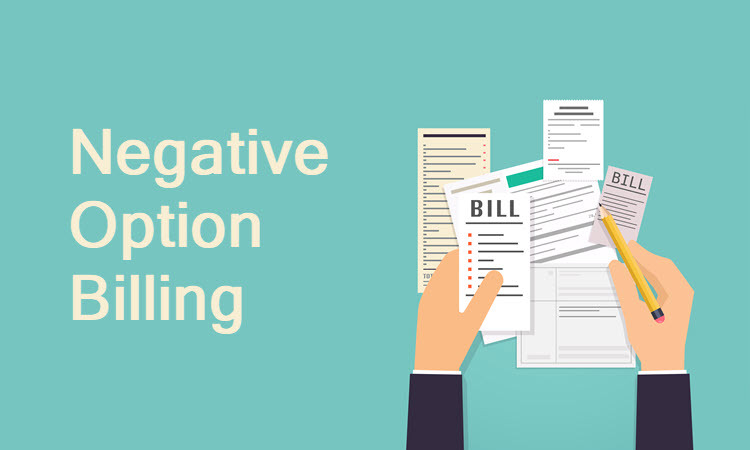Return on Assets ROA Explained: Formula, Calculation & Interpretation

For starters, the “return” numerator of net income is suspect (as always), given the deficiencies of accrual-based earnings and the use of managed earnings. Typically, a high ROA is a good signal to investors that a company is run well and can continue to generate profits. During a recession, for example, you might be willing to accept a negative ROA, as long as it’s still higher than competitors. A “good” ROA depends on the company, the time frame of the calculation, and a few other factors. If a kid’s lemonade stand generates $1,000 in profit in one day, for example, that’s likely a more impressive use of resources than a cafe generating $1,000. For example, an asset-heavy company, such as a manufacturer, may have an ROA of 6% while an asset-light company, such as a dating app, could have an ROA of 15%.
What Are the Disadvantages of ROA as a Measure for Performance?
The long-term trajectory of ROA, rather than a snapshot in any given quarter or year, reveals how effective a company is, over time, at harnessing business opportunities in a highly uncertain environment. But if those companies were to raise debt capital, their ROE would rise above their ROA from the increased cash balance, as total assets would rise while equity decreases. The Return on Assets (ROA) is a profitability ratio that reflects the efficiency at which a company utilizes its total assets to generate more net earnings, expressed as a percentage. Experiencing negative returns is a common and unavoidable part of investing.
How confident are you in your long term financial plan?
- In other words, the business or individual loses money on either their business or their investment.
- This shows that Company B is able to use its assets more effectively to generate profit, and so is likely the better investment.
- Return on equity (ROE) is a commonly used measure that attempts to describe how much profit each dollar of stock can generate as opposed to ROA.
- ROA tells you part of the story but not the full story of a company’s profitability.
- Rather than simply responding to the latest short-term events in an ad hoc way, executives can begin to focus and prioritize the moves that will really matter in an increasingly challenging business environment.
For example, a company decides to purchase new equipment to expand its business and borrows money to do so. If the interest rate on the loan used to buy the equipment is higher than the returns the company is receiving from the new equipment, it will have experienced a negative return on that capital investment. Markets experience ups and downs and these returns are a natural part of the investment cycle. They provide opportunities for investors to learn, adapt, and make informed decisions that contribute to long-term financial success.
Balance Sheet Assumptions
“The ROA is one indicator that expresses a company’s ability to generate money from its assets,” Katzen says. “Generally speaking, the higher the ROA, the more effective a company is at generating income for investors. The more income a company generates, the more likely the investment will appreciate.” In contrast, some industries like consulting services have a much higher ROA, as it doesn’t take much capital to run these businesses.
Great! The Financial Professional Will Get Back To You Soon.
However, these apps become new channels that must also be served to reach consumers in addition to existing physical and virtual channels. Get instant negative return on assets access to video lessons taught by experienced investment bankers. Learn financial statement modeling, DCF, M&A, LBO, Comps and Excel shortcuts.

Strategies to Minimize Negative Returns
11 Financial may only transact business in those states in which it is registered, or qualifies for an exemption or exclusion from registration requirements. 11 Financial’s website is limited to the dissemination of general information pertaining to its advisory services, together with access to additional investment-related information, publications, and links. If ROA is calculated for companies in different industries, it will not be very meaningful since ROAs vary widely among industries and groups of companies within the same industry. Lower ROA ratios indicate that less profit has been generated from the assets.
His interests include the Maker Movement and its potential for changing the world. Prior to joining the Center, Grames worked in global supply chain management for the semiconductor industry. His research focus is on mapping the potential for fragmentation and concentration across US industries.
In this section, first, we will look at a few banks and their Return on Total Retail Assets to conclude how good they are doing in terms of generating profit. The primary reason for the decrease in sales was the negative impact due to foreign exchange of 11.5%. There are diverse opinions on what to take in the numerator of this ratio! Some prefer to take net income as the numerator, and others like to put EBIT where they don’t want to consider the interests and taxes. Let us now look into another example of Box Inc. and its Asset Turnover Ratio.
